The simplest rule to operate panels at maximum efficiency in regions located in the Northern Hemisphere, such as Turkey, is to place the modules facing south and set the tilt to match your local latitude (for example, if Antalya is 36°, set it to approximately 30–36°). This angle balances incoming irradiation throughout the year, limiting both overheating in summer and production drops in winter; moreover, selecting a line of sight with no shading and an open sky directly affects performance.
Before installation, the structural strength of the roof or land, the cladding material, and the wind load must be checked. Using mobile apps or a simple shading diagram for shade analysis allows you to foresee interruptions caused year-round by obstacles such as chimneys, antennas, and trees. Leaving sufficient ventilation clearance at the back of the mounting rails also lowers cell temperature and increases efficiency by a few percentage points.
For long-term gains, it is wise to consider adjustable-tilt racking systems; setting the panel to equal your latitude in spring and autumn, 10–15° lower in summer, and 10–15° higher in winter noticeably increases annual production. Finally, setting up online monitoring lets you see instant efficiency drops and avoid delaying maintenance interventions; receiving regular reports with inverter data shortens the system’s payback period.
Why Is Solar Panel Positioning Important?
Solar panel positioning is a critical step because it directly determines your system’s daily kWh output; when panels are set at the right angle and orientation, you achieve the most stable possible production even between a clear summer afternoon and the short days of winter. Poorly placed modules can easily keep the energy obtained from the same equipment below thirty percent less than potential, which can extend the payback period by years.
- Maximum energy efficiency with higher bill savings
- Faster capital return thanks to a shorter payback period
- Preventing performance loss by balancing cell temperature
- Extending equipment lifespan, delaying panel and inverter replacements
- Reducing carbon footprint and more easily meeting green certificate requirements
Strategic positioning also simplifies maintenance planning; when you minimize shading risk, you can extend cleaning intervals and detect potential failures early through remote monitoring data. This keeps both your initial investment and long-term operating expenses at predictable and controllable levels.
Choosing the Right Orientation: How Critical Is South?
In the Northern Hemisphere, the south orientation is the main axis that captures the highest annual irradiation; when panels align to this axis, cells meet direct sunlight for longer throughout the day and reduce the cost per kWh. The production increase is not tied to a single midday peak; it balances the light angle at morning and evening edges as well, reducing fluctuations in the energy fed to the grid and yielding a flatter inverter efficiency curve.
If your roof architecture does not face due south, deviations up to 10–15 degrees are generally acceptable, and the loss rate does not exceed five percent in most regions. Beyond these angles, effects of shade and reflection can be minimized with solutions such as east–west dual strings, microinverters, or optimizers; still, the south axis is taken as the reference point and the entire design is calculated accordingly.
To verify the correct orientation, complement a magnetic compass with mobile apps that display the sun’s path; this pair simulates tree shade or chimney obstacles on different days of the year and shows potential losses in advance. Once installation is complete, daily graphs from the monitoring system confirm how closely your panels adhere to the south reference; thus, you can catch possible positioning errors early and ensure a sustainable production curve over the system’s lifetime.
What Is the Optimum Tilt Angle?
For fixed installations aiming for balanced year-round production, the optimum tilt angle is set close to the site’s latitude; angles around 39° in Ankara, 38° in Izmir, and 36° in Antalya deliver the most efficient practical results. This positioning balances the heating losses of an overly shallow panel in summer and the shading risk of an overly steep panel in winter, keeping annual kWh output consistent.
With adjustable mounts, seasonal optimization can achieve up to about ten percent production increase. The general rule is to use a tilt 10° less than latitude in summer and 10° more in winter. Whether you choose a fixed or adjustable system, verifying the tilt with precise measuring tools and tracking data regularly is key to meeting the performance targets set during the design phase.
Should You Choose Tracking Systems or Fixed Systems?
Tracking systems rotate the panel surface toward the sun throughout the day and can increase production by up to around twenty-five percent; this boost shortens the payback period, especially in large ground-mount installations with high irradiation. However, moving parts require extra engineering against wind loads and periodic maintenance, which raises both initial cost and operating expenses.
Fixed systems, on the other hand, offer a reliable option on roofs and limited land with lower installation expenses, simple mechanics, and long-lived components. With high wind resistance and no need for moving assemblies, this setup stands out as the optimal choice when the operator has limited maintenance staff or suitable roof surfaces are available.
At the decision stage, the plant’s location, electricity sale price, incentive programs, and land cost should be evaluated together. In projects with strong solar irradiation, low land costs, and high tariff guarantees, adding a tracking mechanism is more logical; in urban rooftop applications or investments with limited budgets, fixed systems provide risk-free and cost-effective performance.
Placement Tips to Increase Efficiency
Details to consider in panel placement directly affect the system’s annual production capacity. When arranging the panel layout, you should create a configuration that avoids shading risks, allows air circulation, and provides easy maintenance access. In addition, calculating the spacing between panels according to seasonal sun angles ensures they can operate at full performance without casting shadows on each other.
Tips to boost efficiency in panel placement:
- Install panels at a height and angle that do not cause mutual shading
- Calculate row spacing according to your latitude
- Design gaps between module groups to allow airflow
- Place modules based on the surface receiving the most light—symmetry need not be the priority
- Check projected shadows across the year for shading analysis
- Leave passage areas between panels for cleaning and maintenance access
A proper layout not only increases production; it also extends panel life and simplifies maintenance. These details can make a significant difference in annual return calculations, especially for commercial systems. Proper planning before installation ensures a more stable and higher-performing system in the long run.
What Are the Installation and Structural Requirements?
Installation and structural requirements are critical for a solar energy system to operate safely and durably. During the fastening of panels to their mounting structures, the building statics must be properly assessed to ensure resistance against external factors such as wind and snow loads. In addition, using corrosion-resistant fastening elements with appropriate certifications supports trouble-free operation for years.
Structural requirements to consider in solar panel installation:
- Select mounting systems made of galvanized steel or aluminum
- Have the roof or ground structure undergo a static analysis
- Calculate mounting angles precisely according to the project location
- Prepare strength documentation against wind and snow loads
- Protect screwing and fastening points with waterproofing
- Isolate electrical junction boxes and cable routes against external influences
Throughout this process, the experience of the installation team is as important as accurate engineering calculations. A professional installation in compliance with standards guarantees not only safety but also stable panel production. Performing post-installation tests thoroughly prevents potential faults when the system is commissioned.


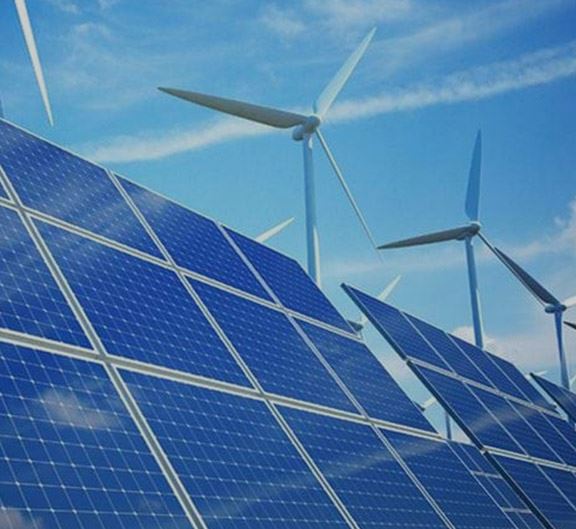
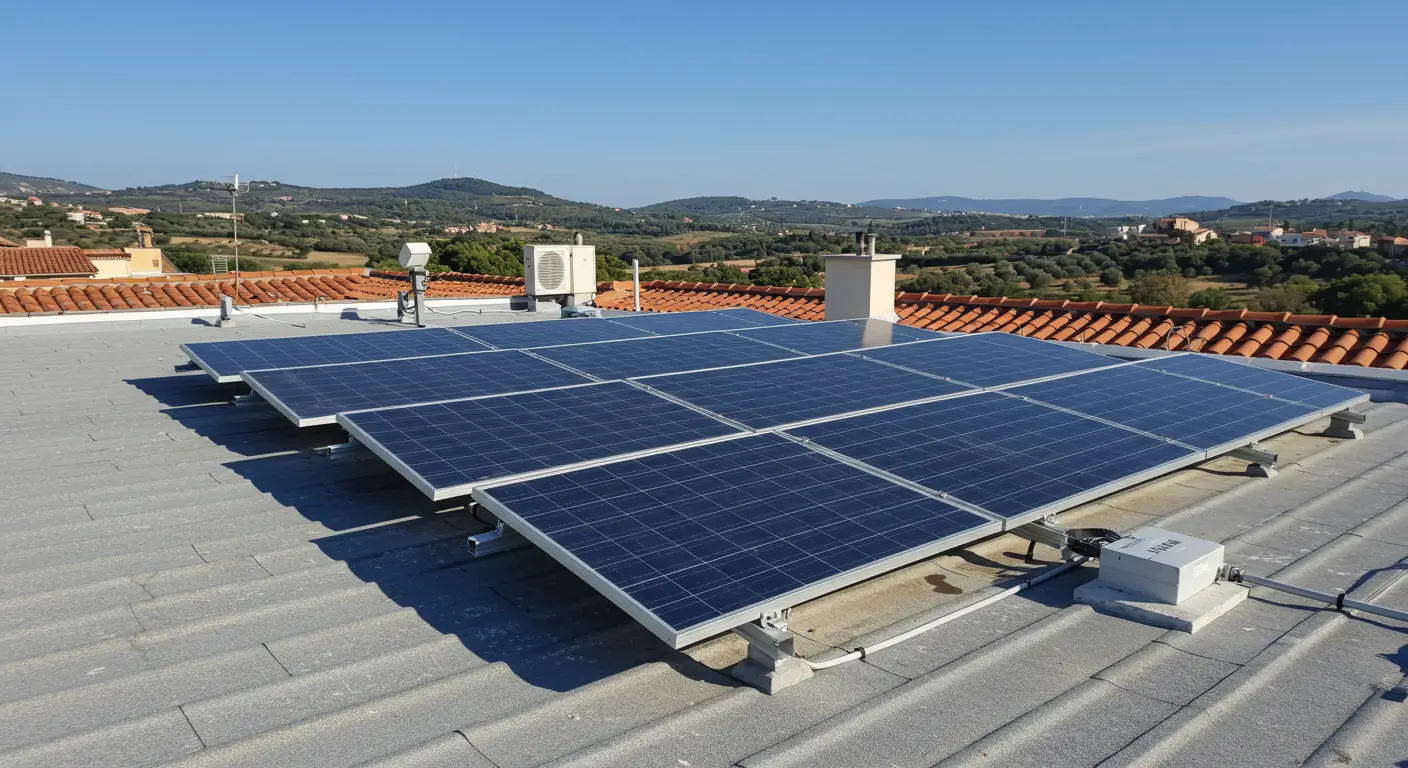
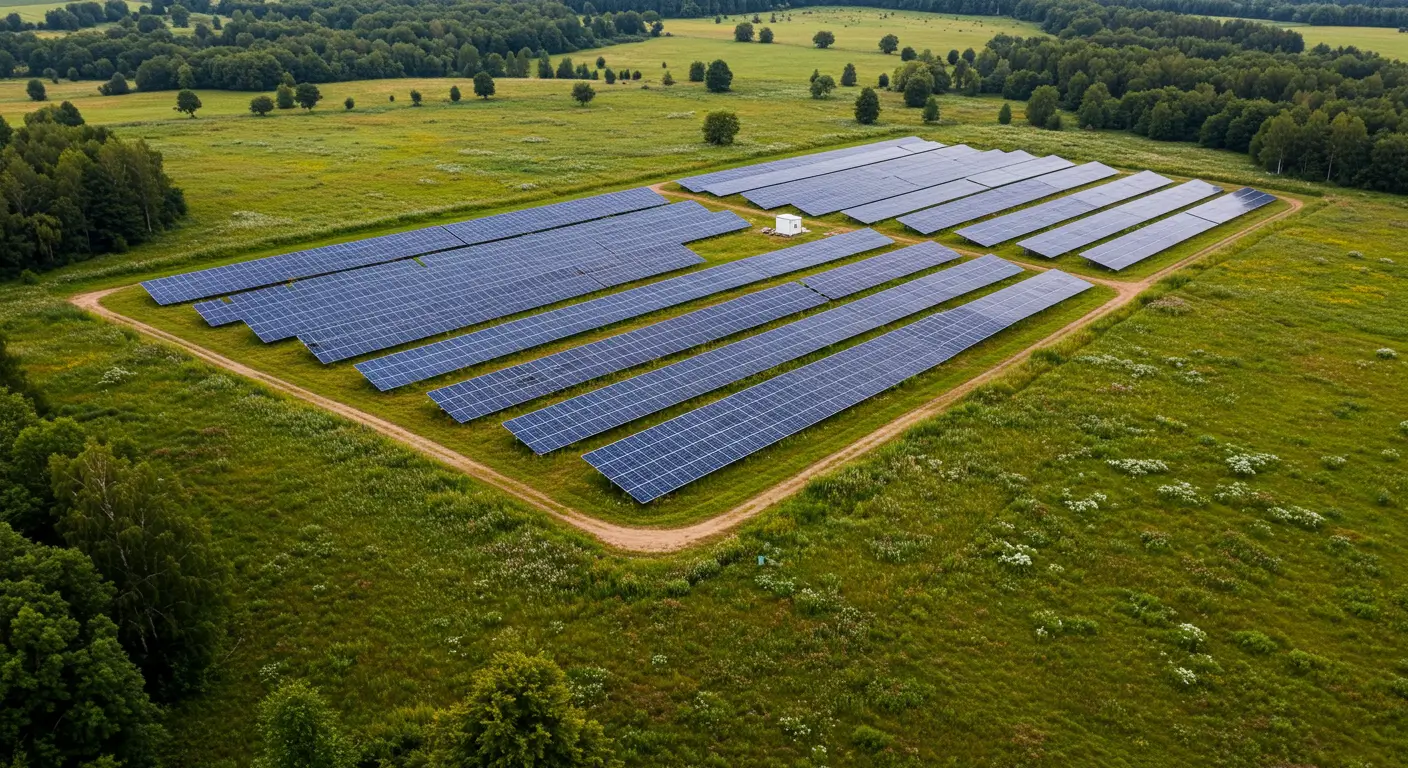
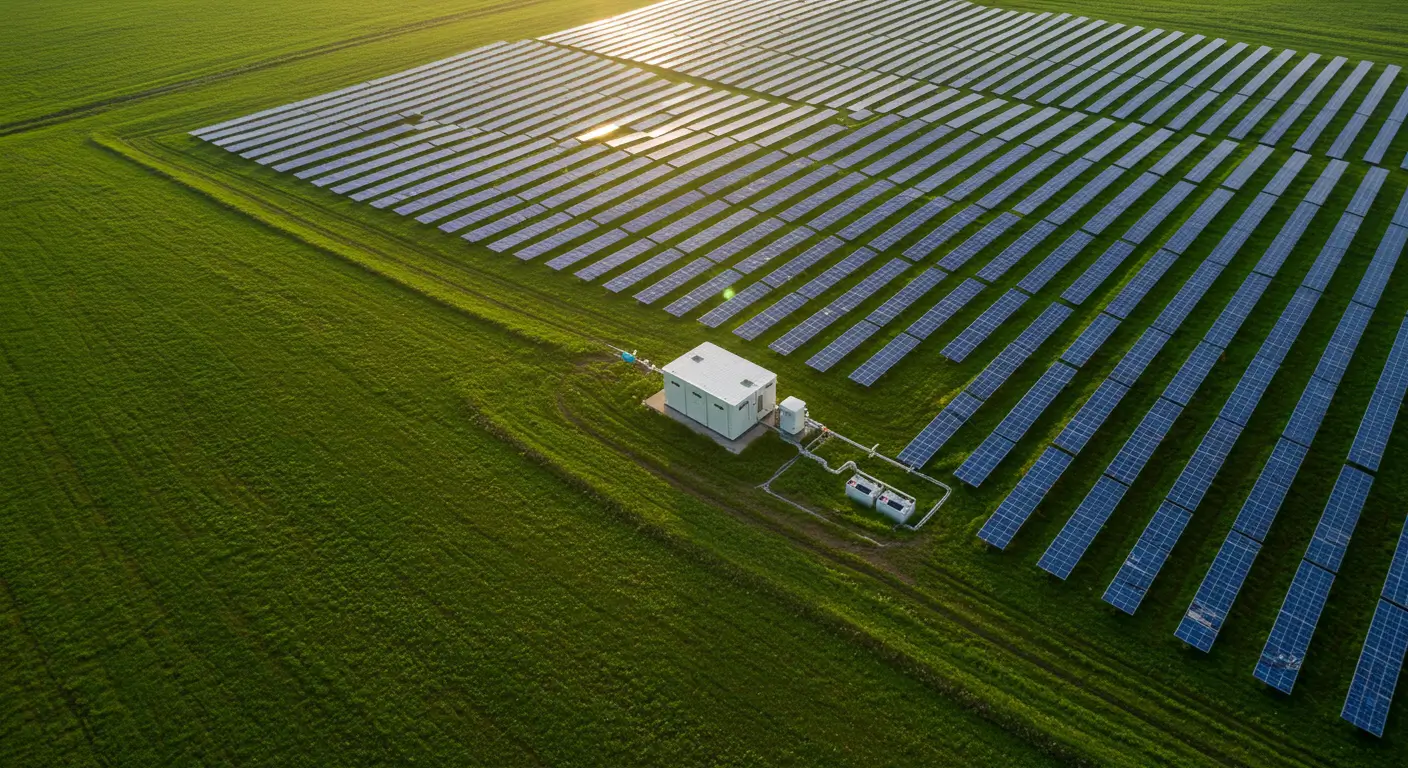
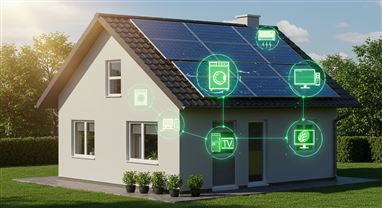
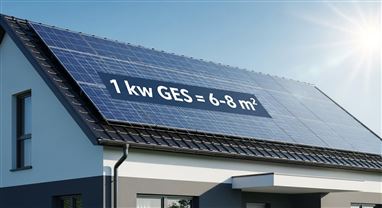
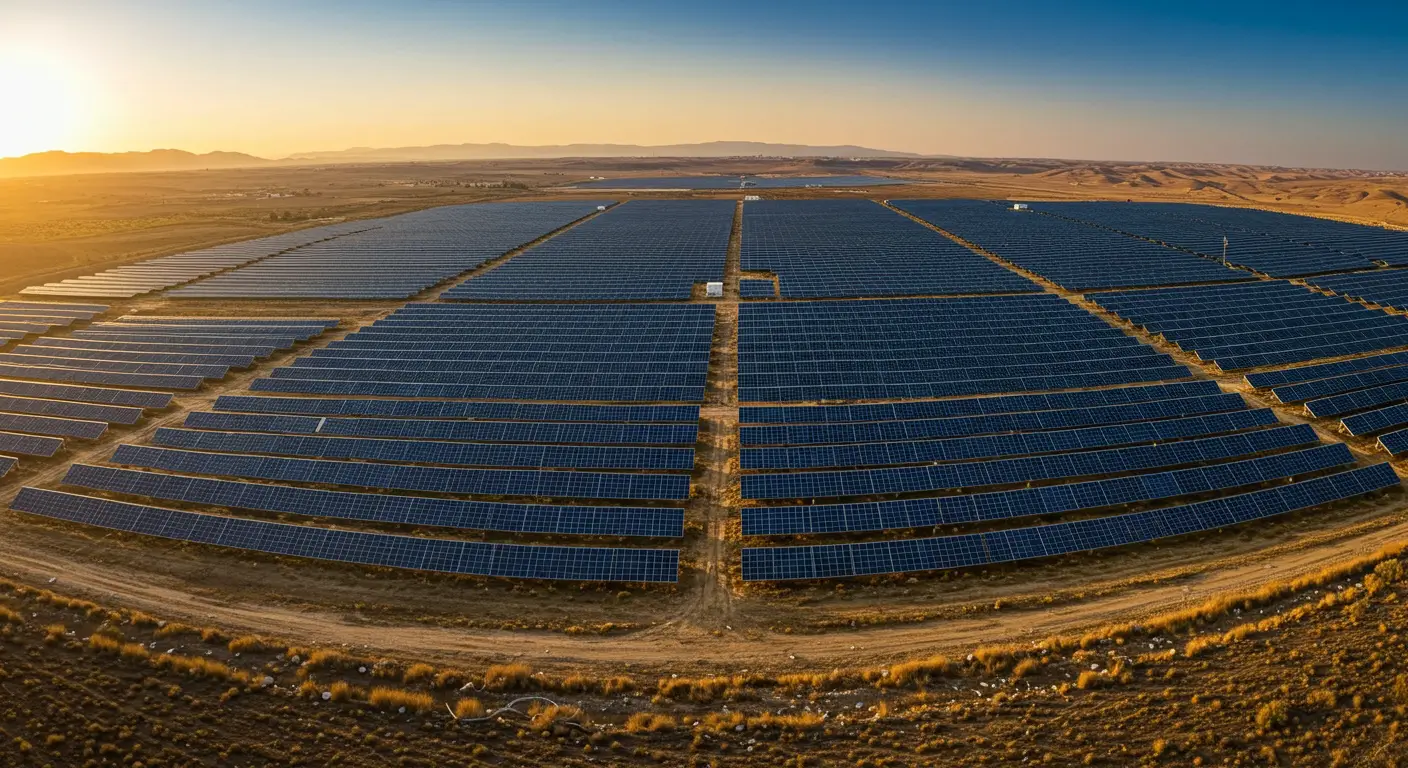
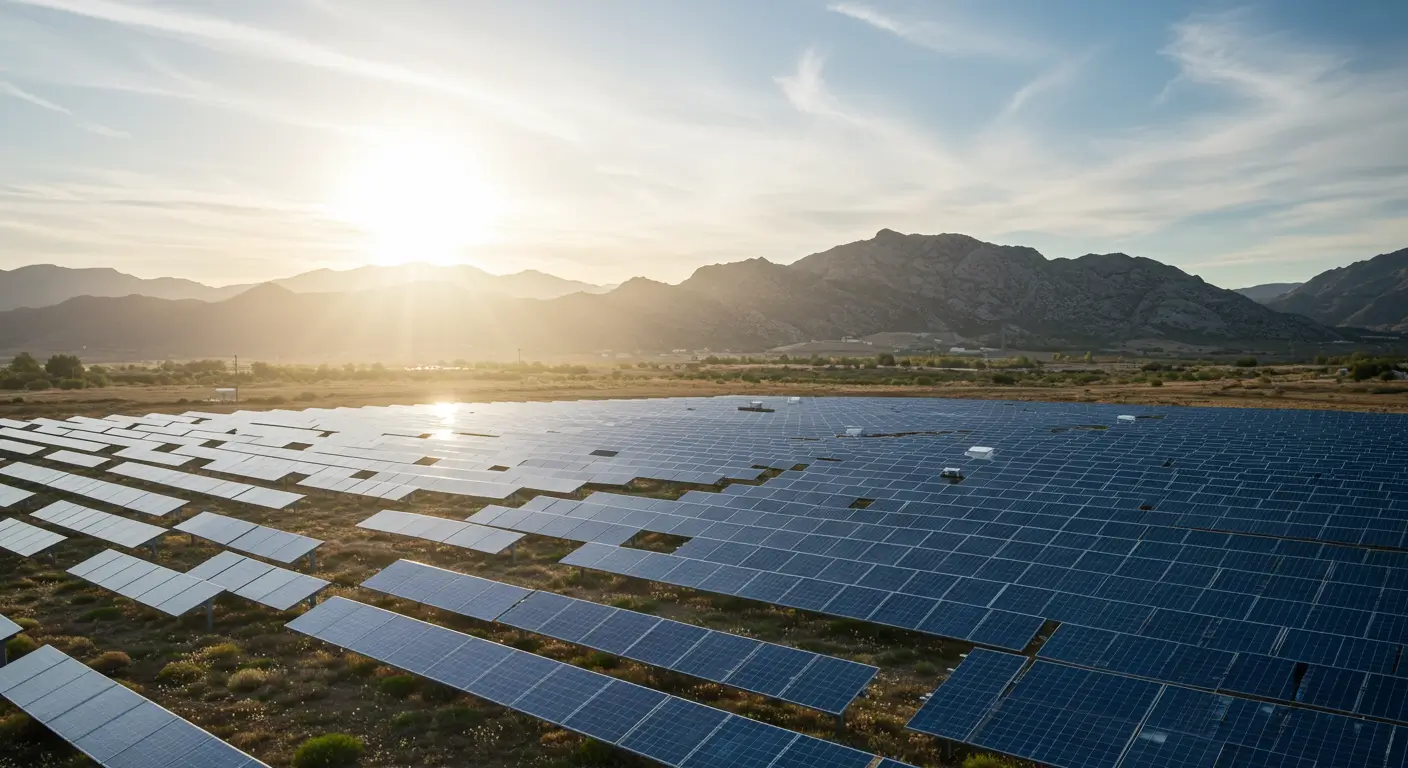
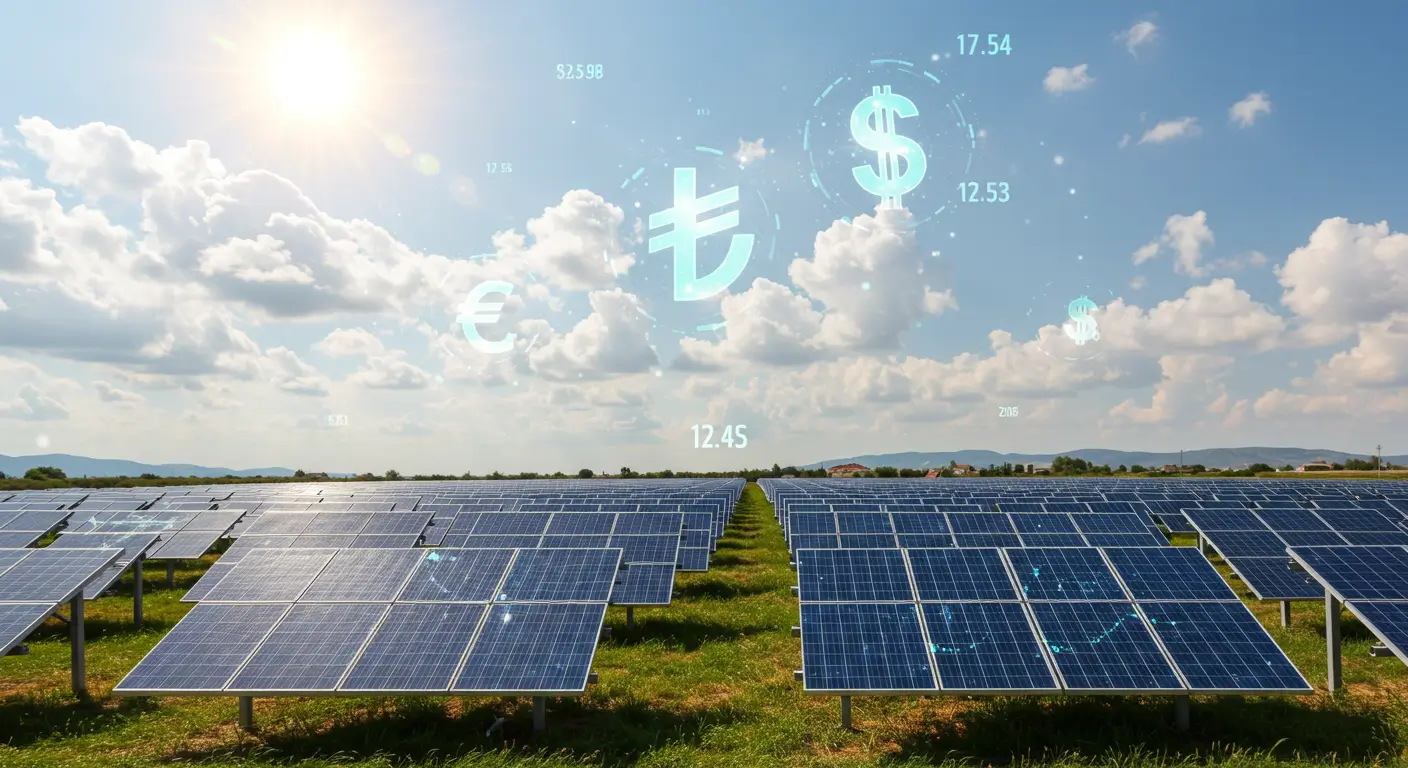
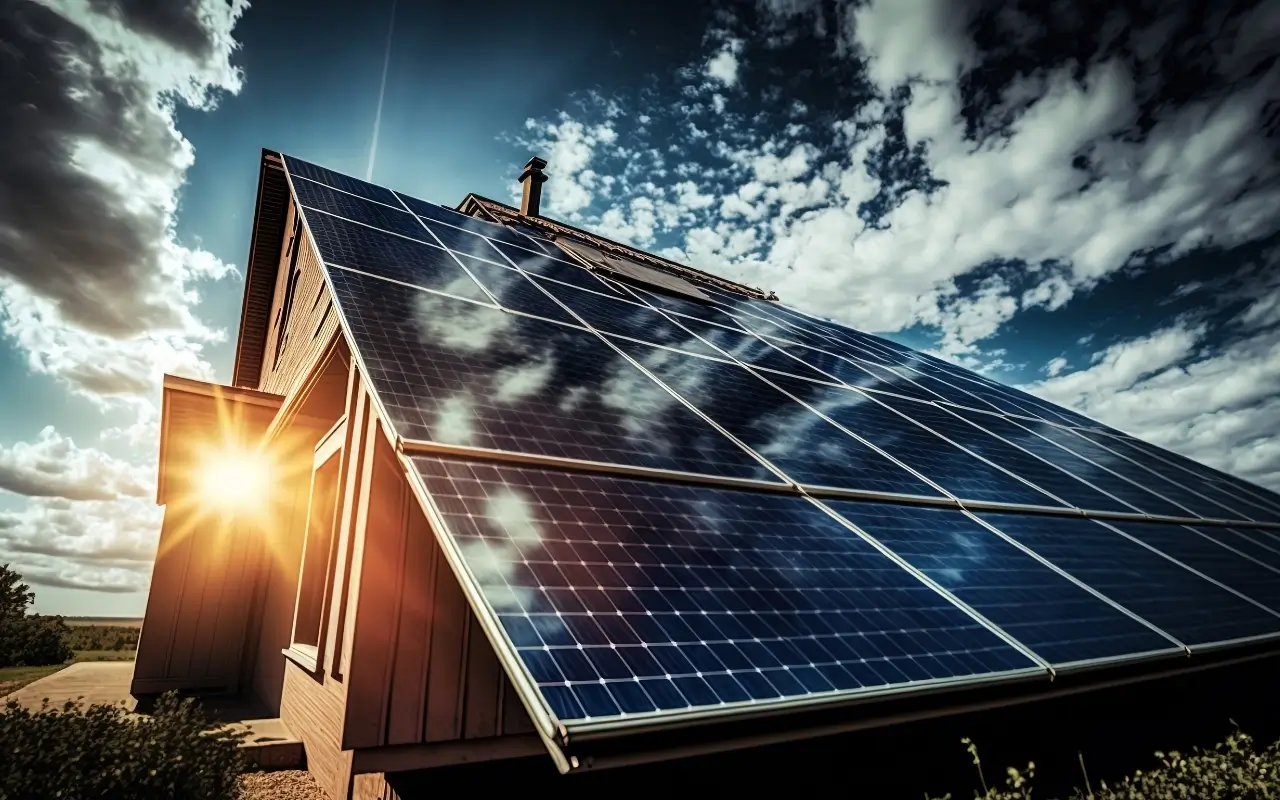
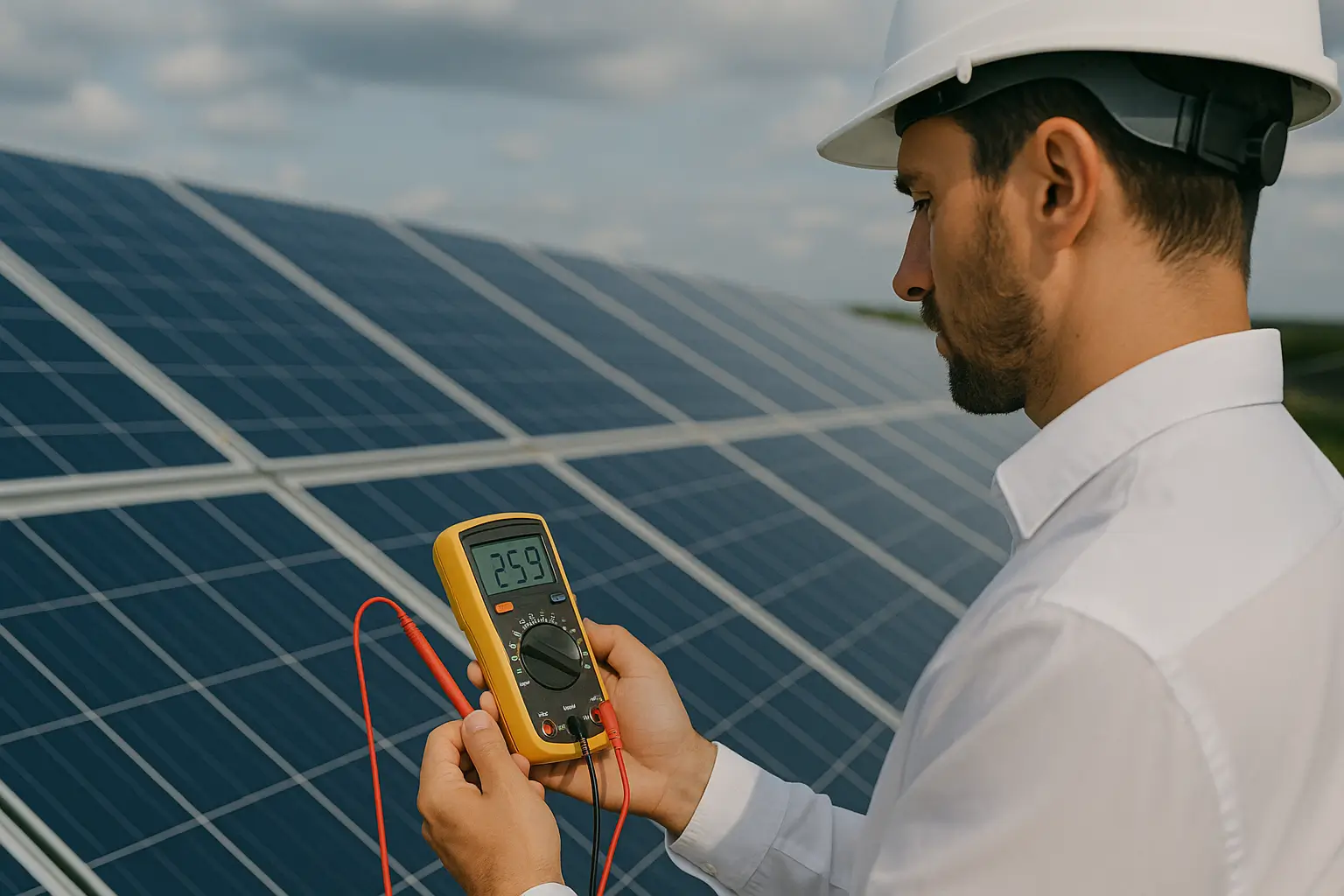
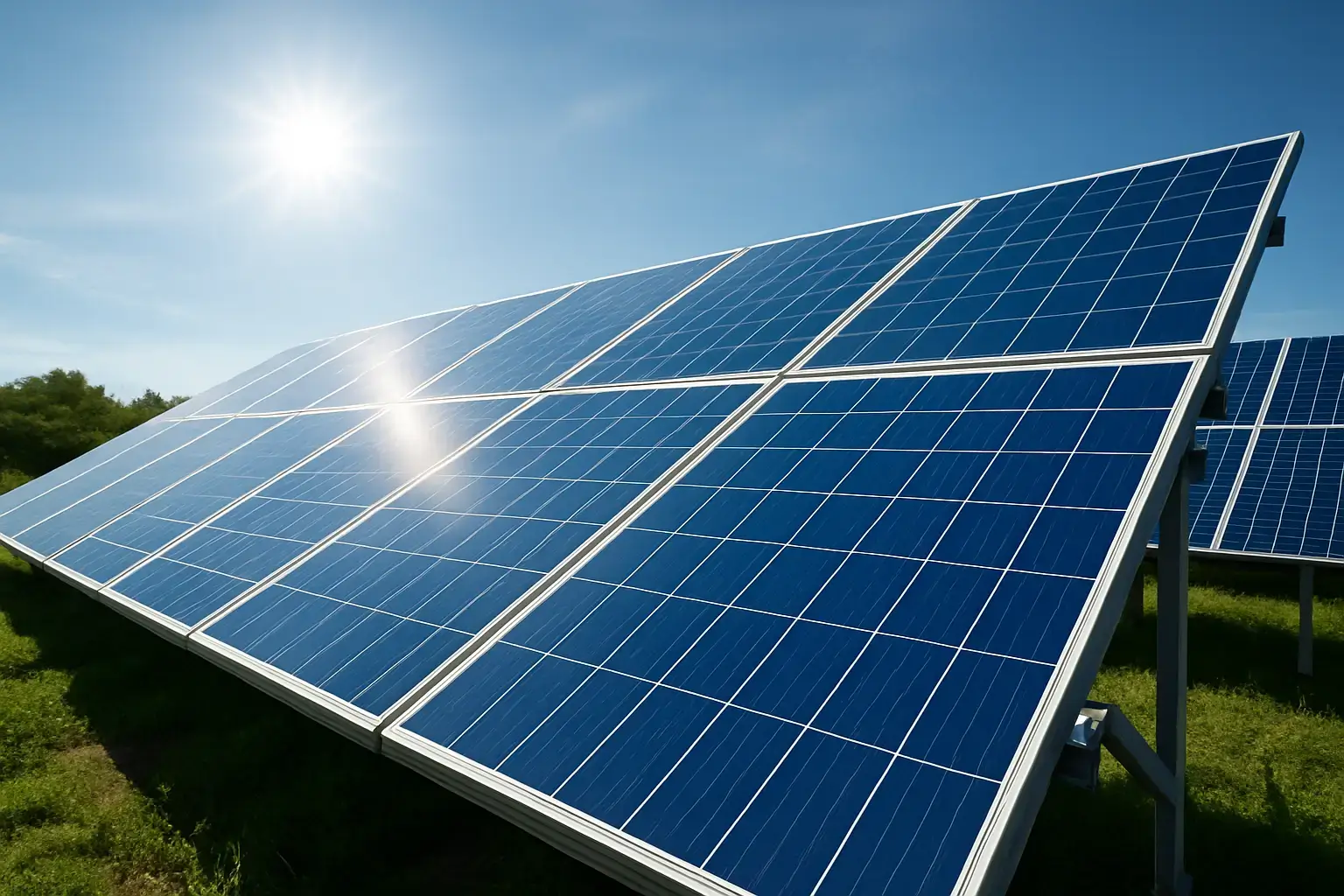
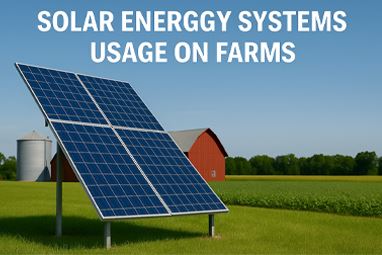
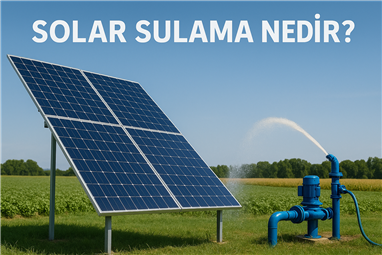
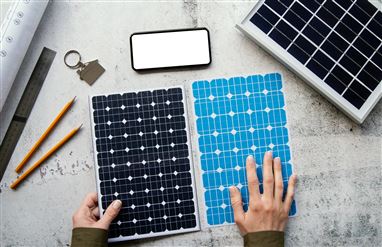
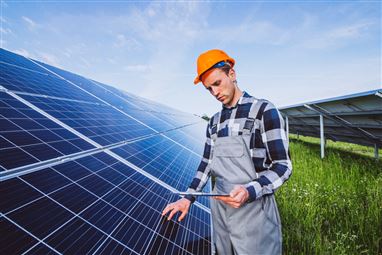
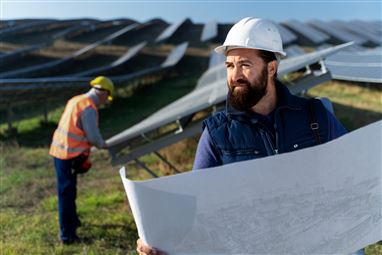
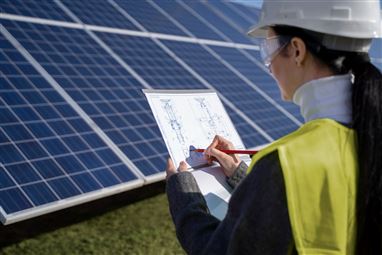
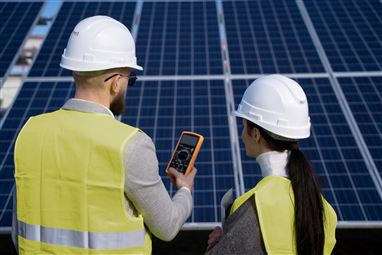
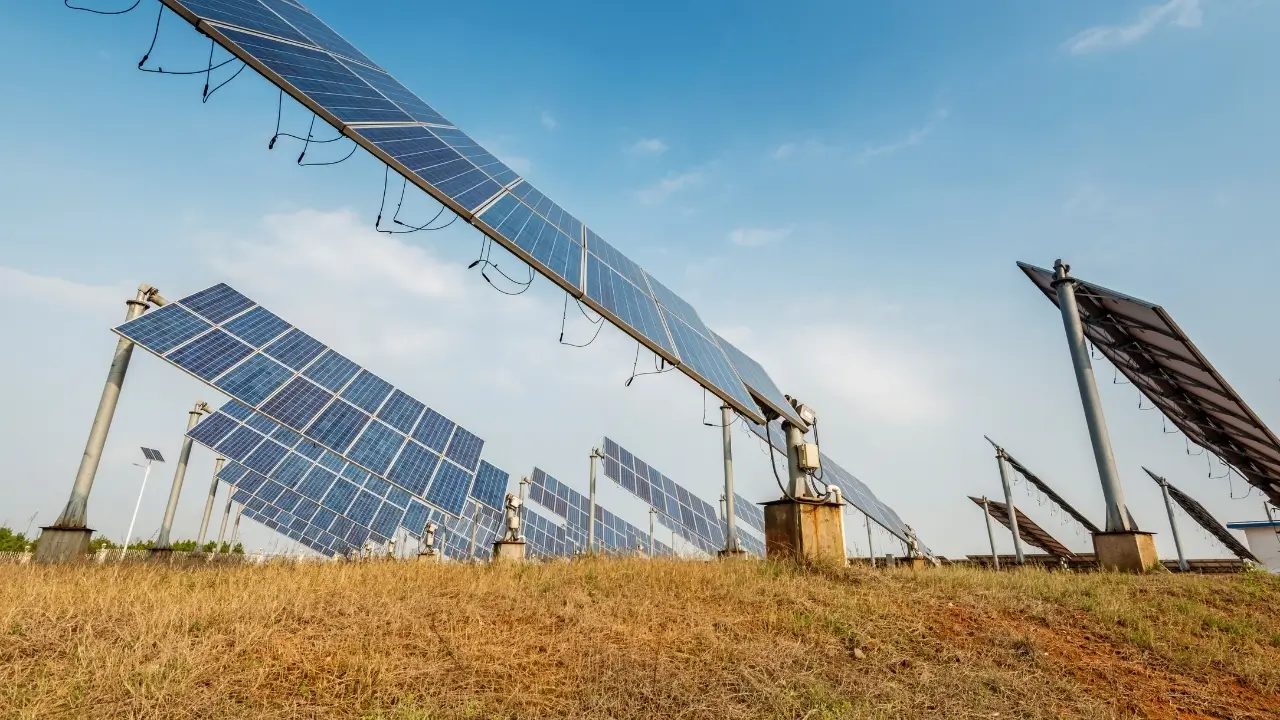
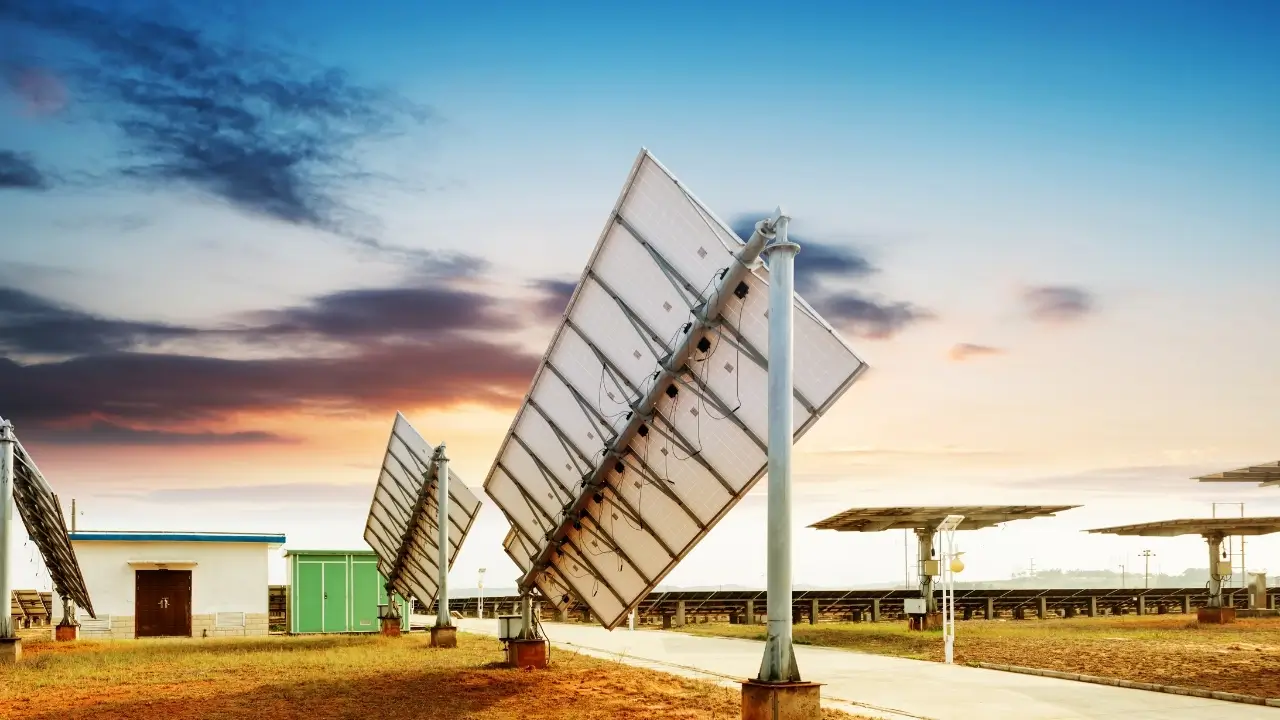
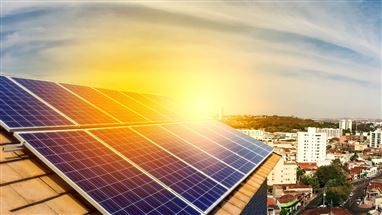
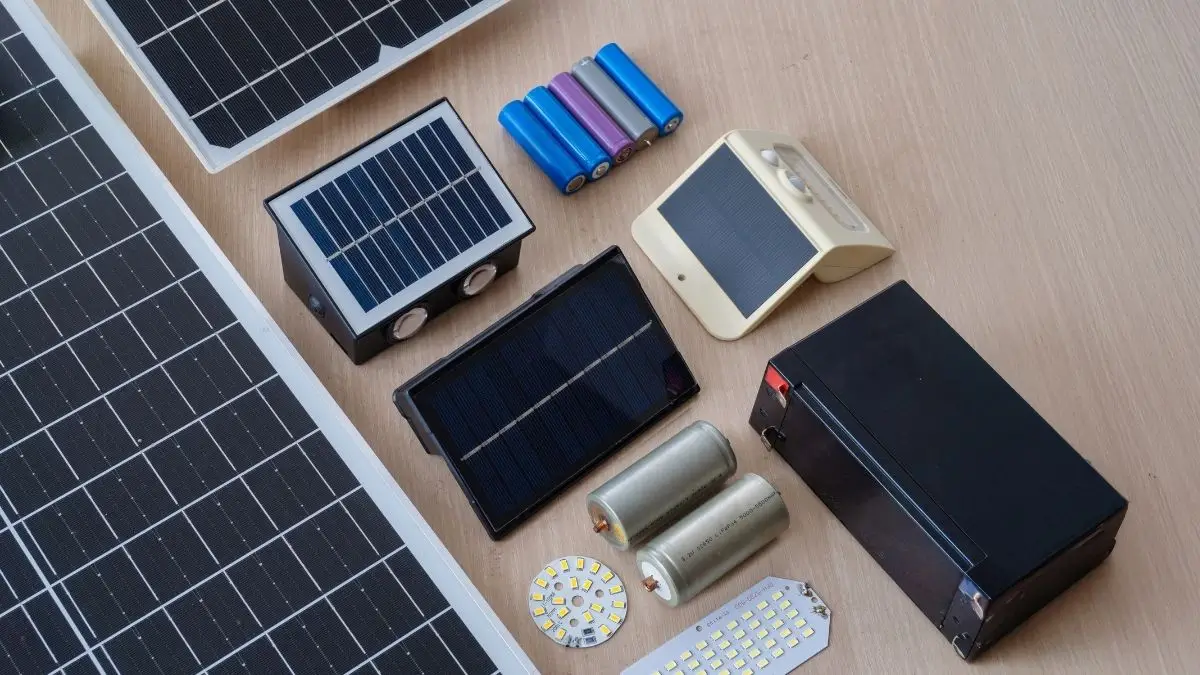
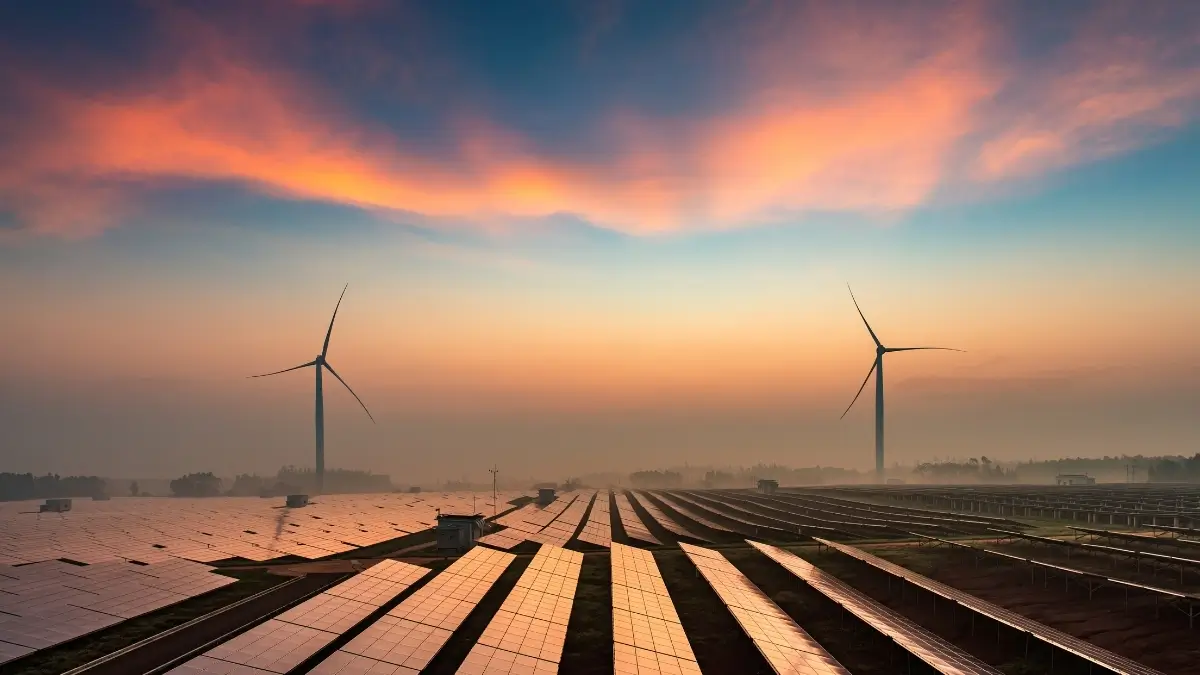
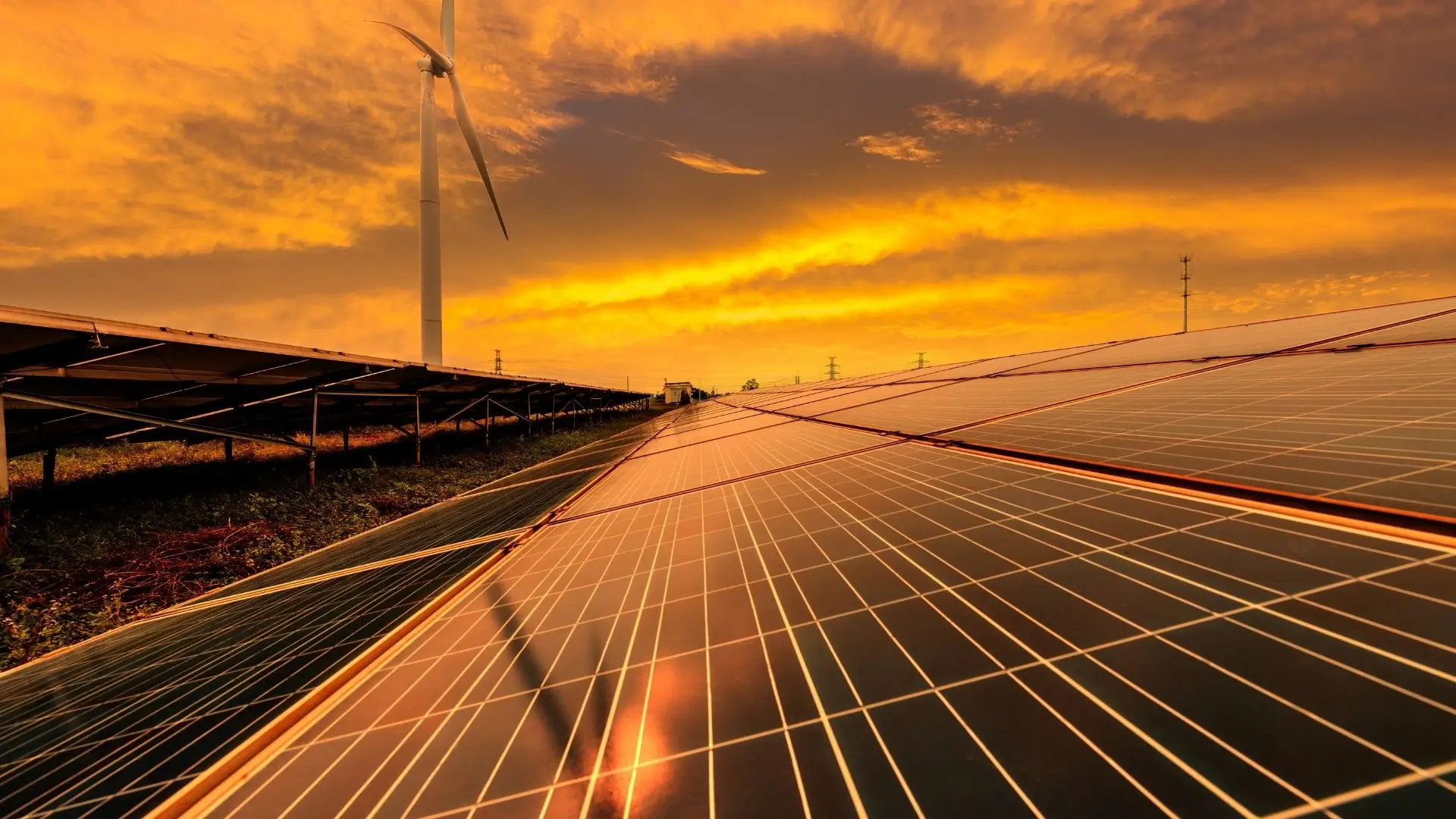
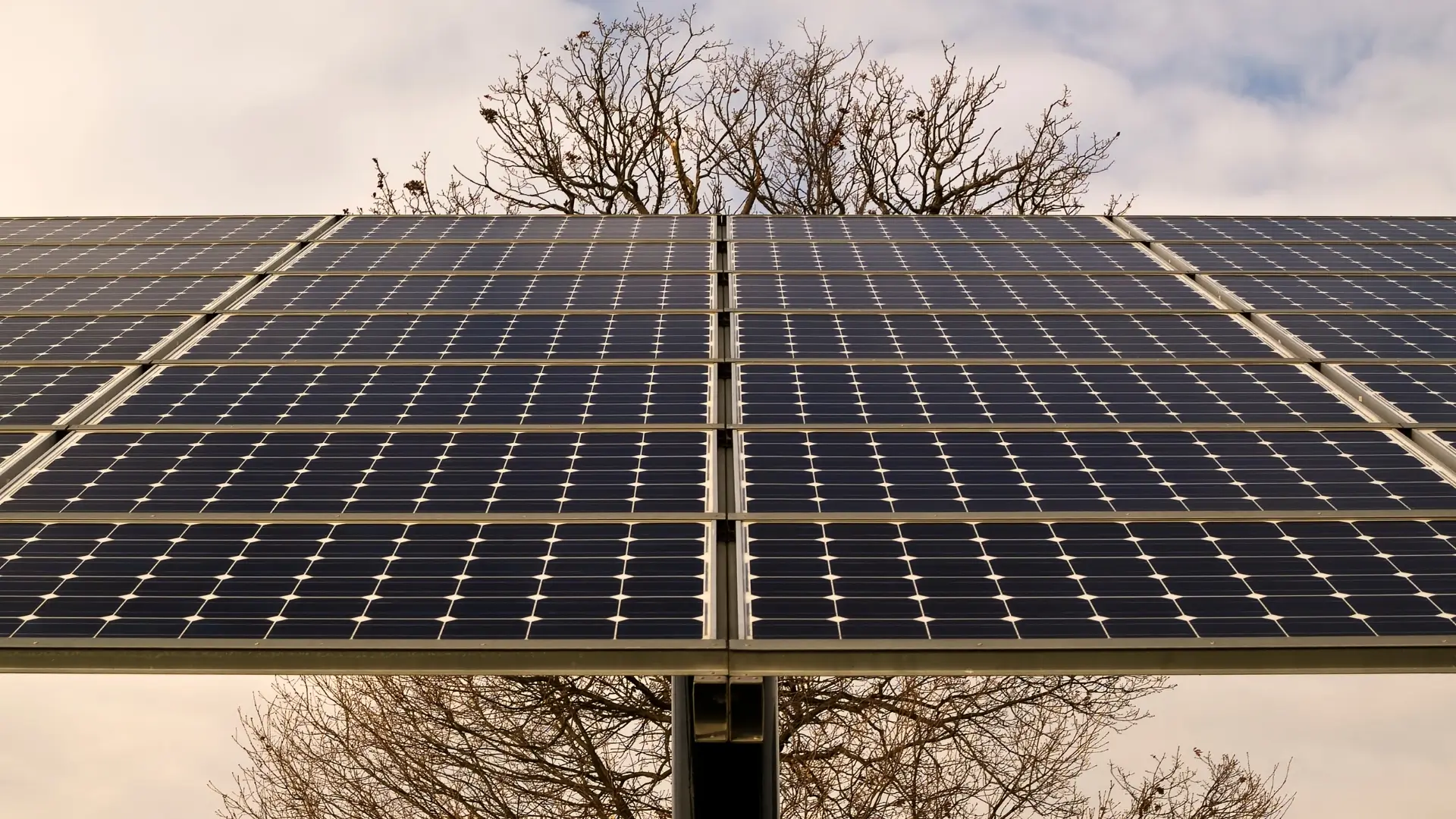
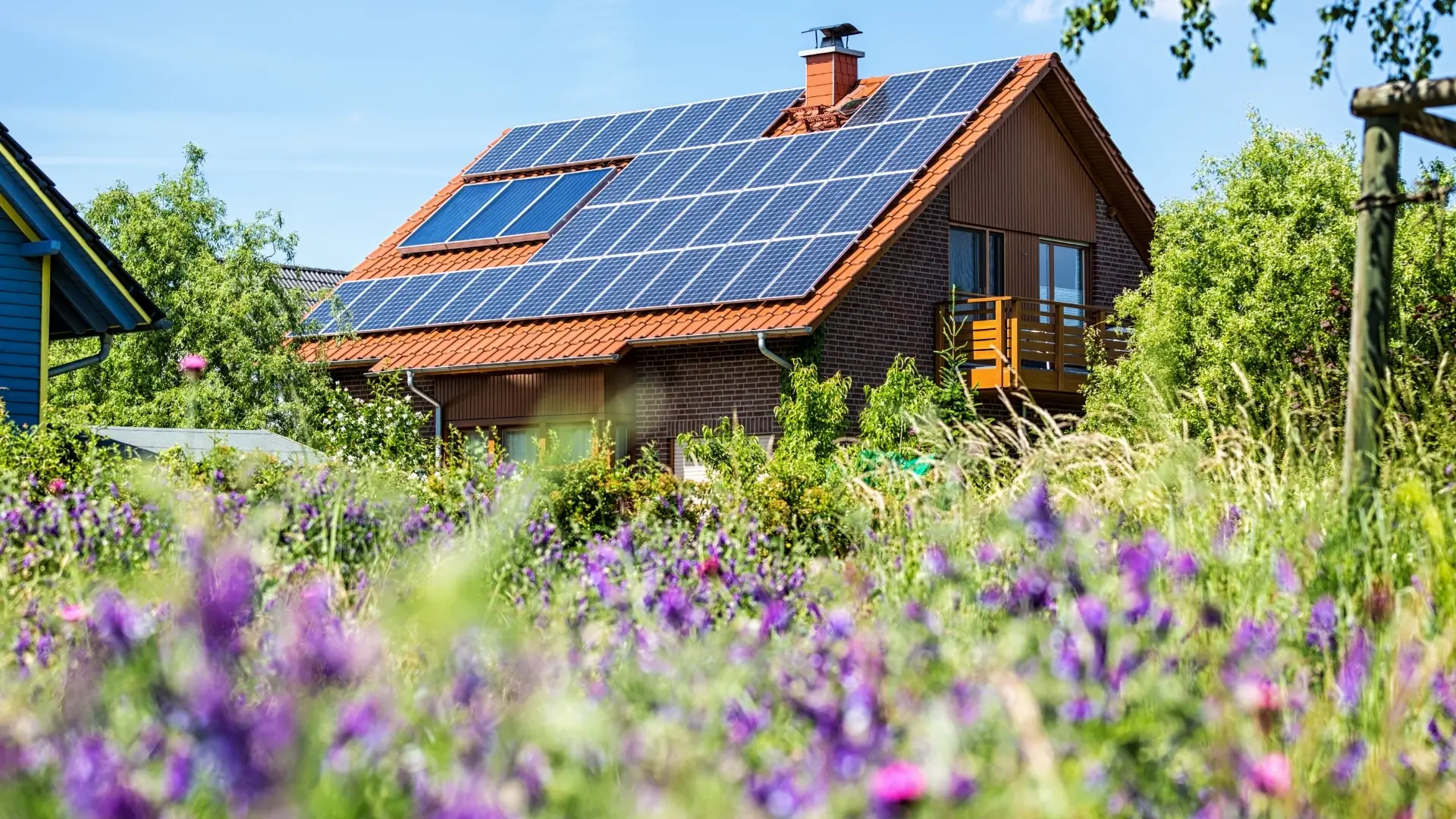
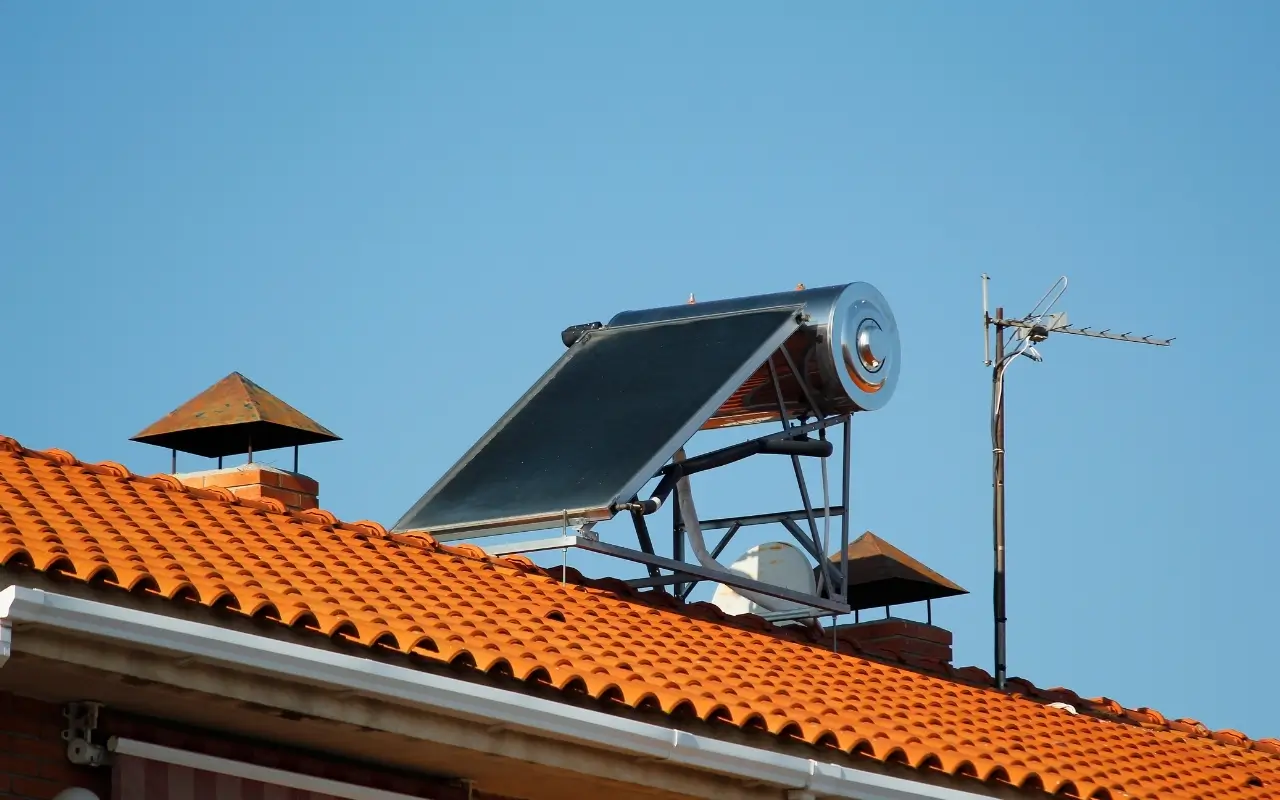
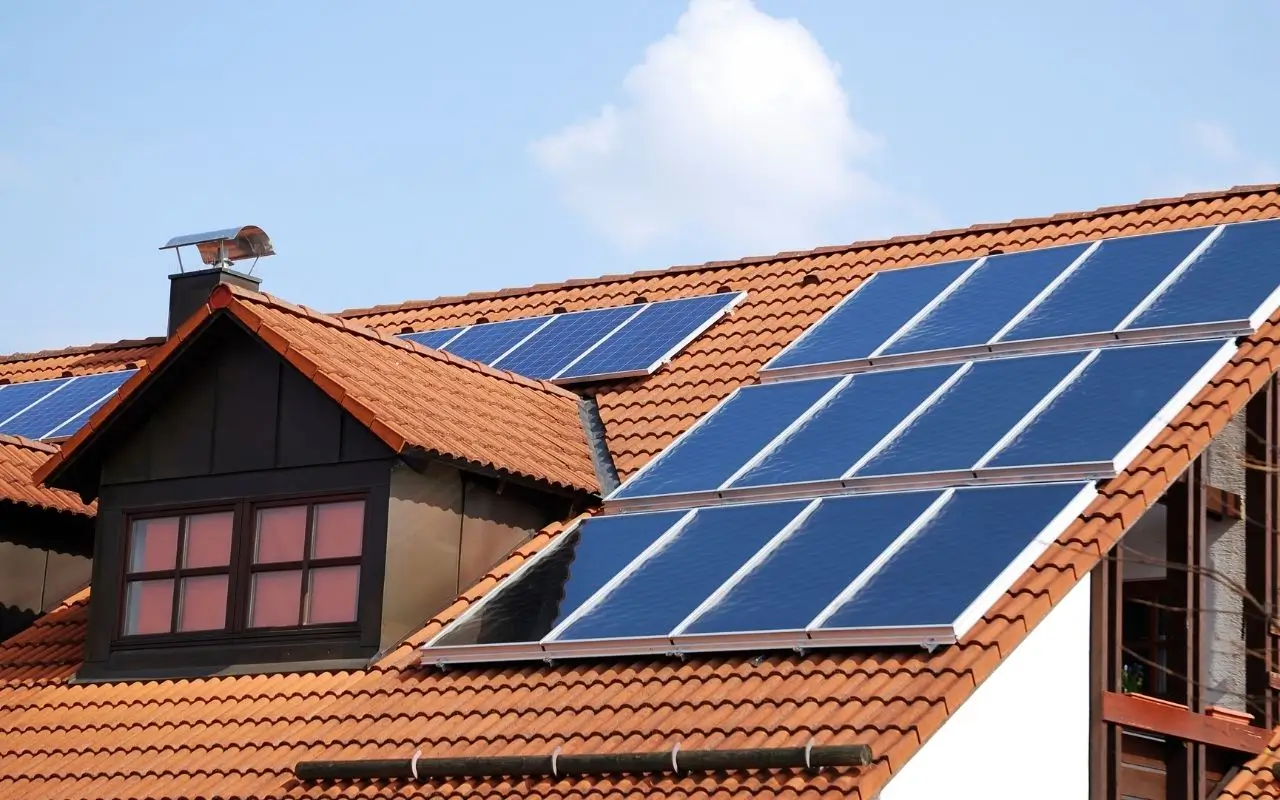
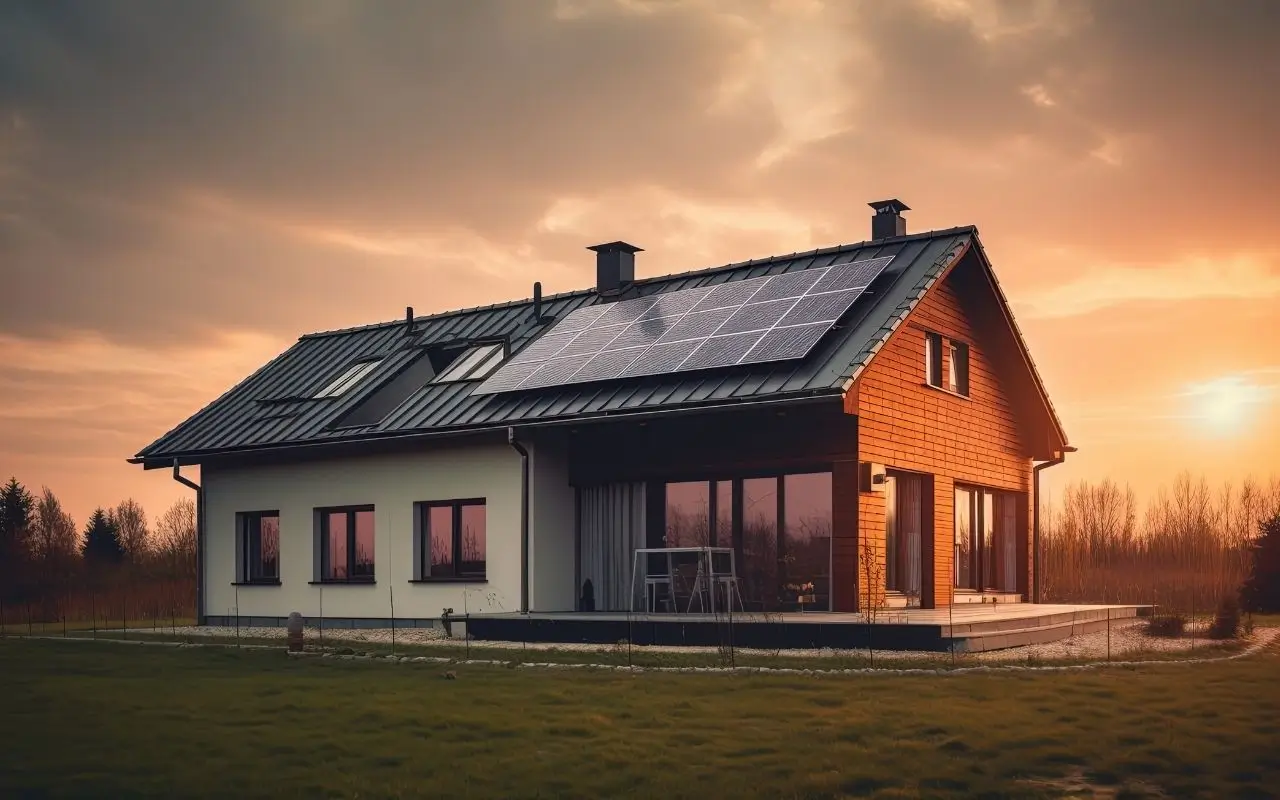
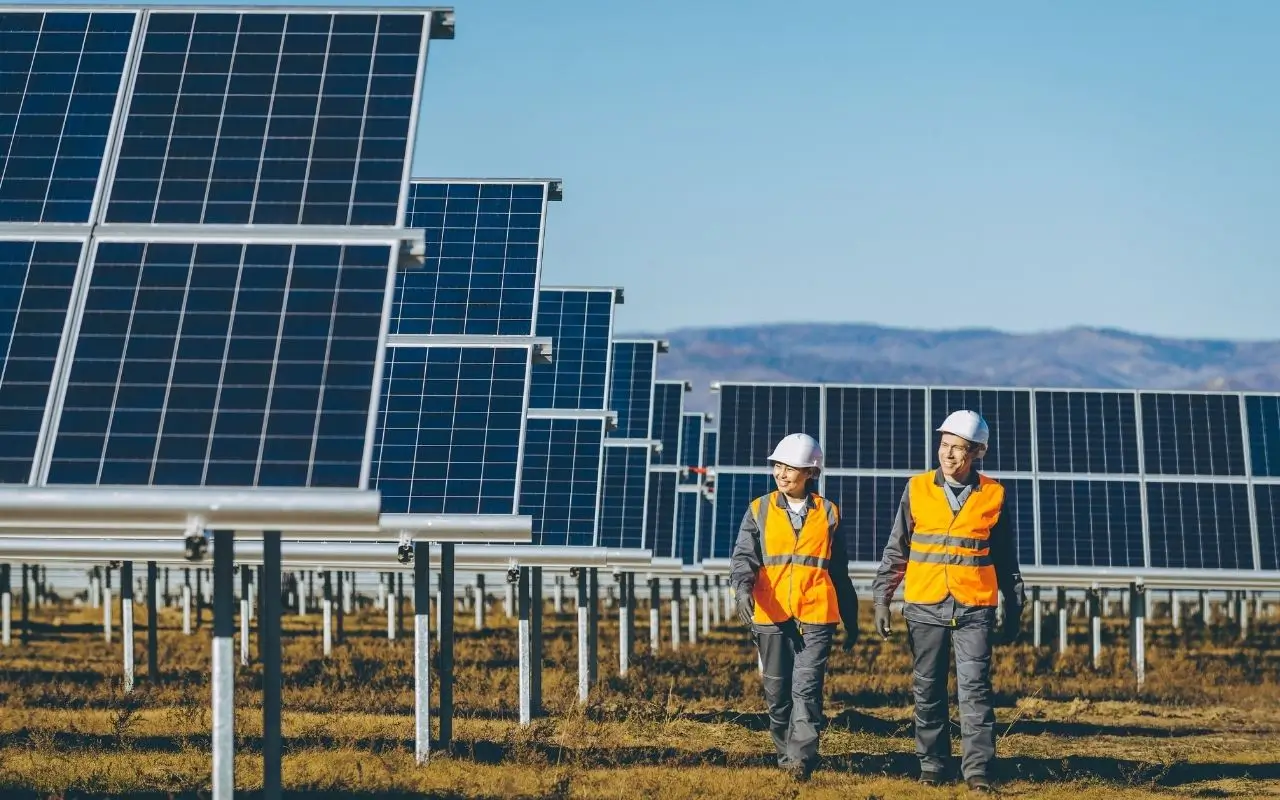
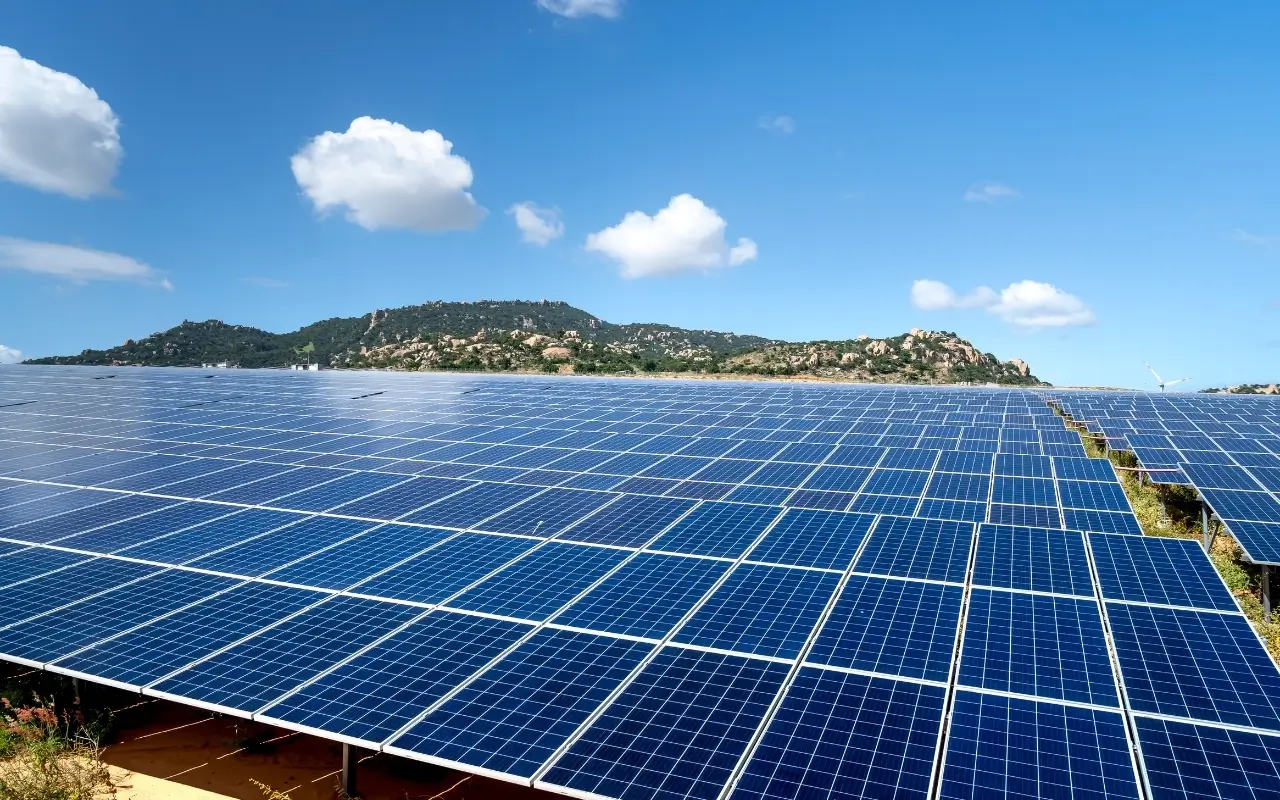
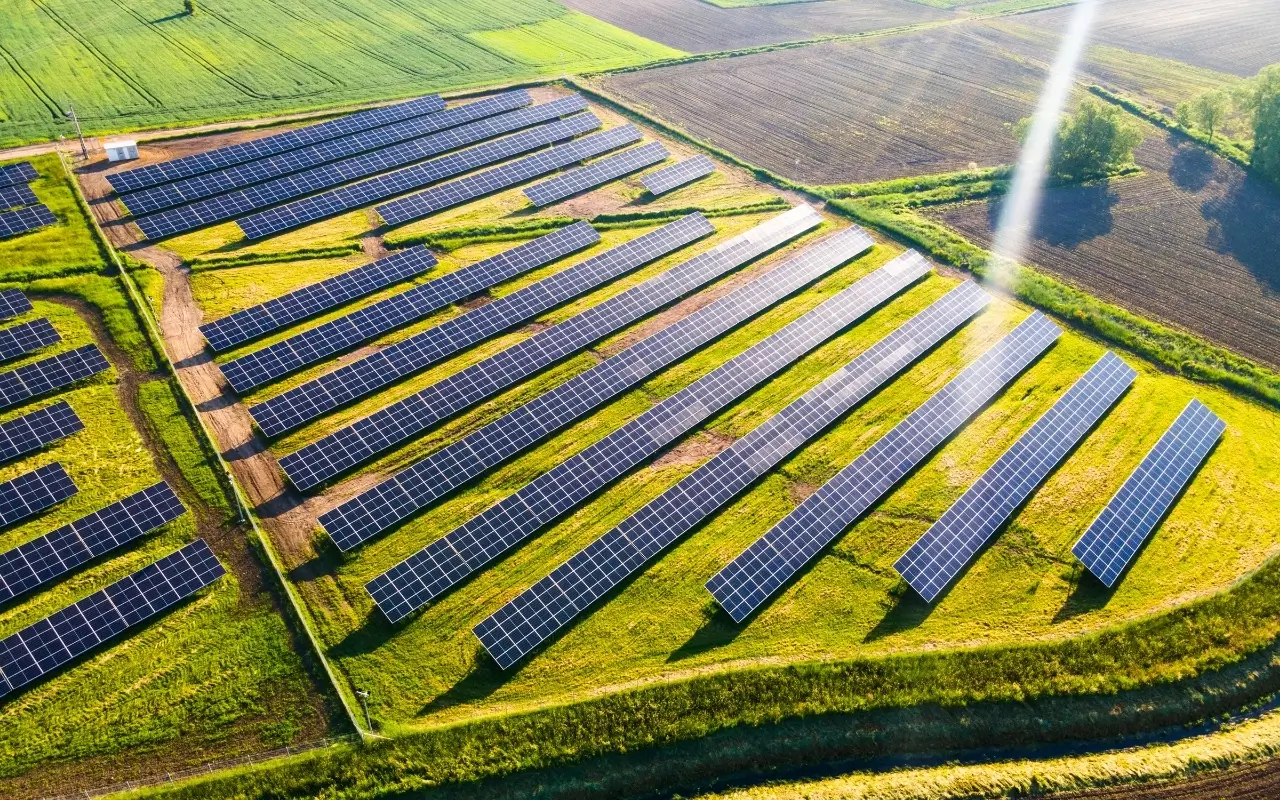
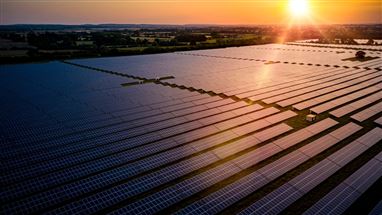
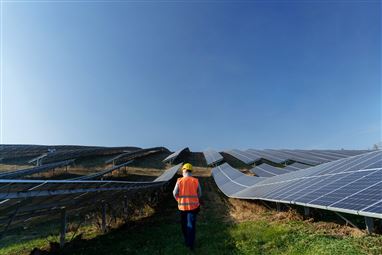
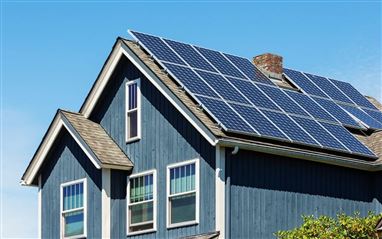
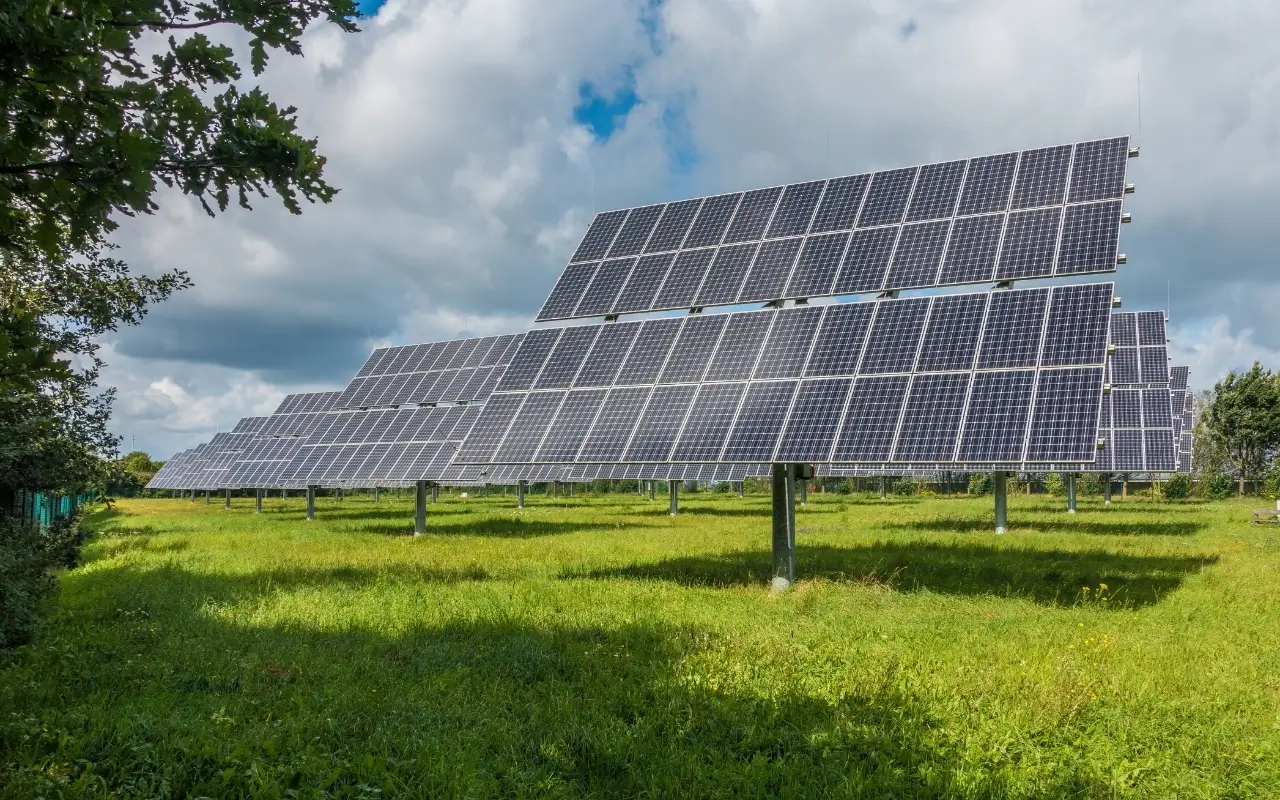
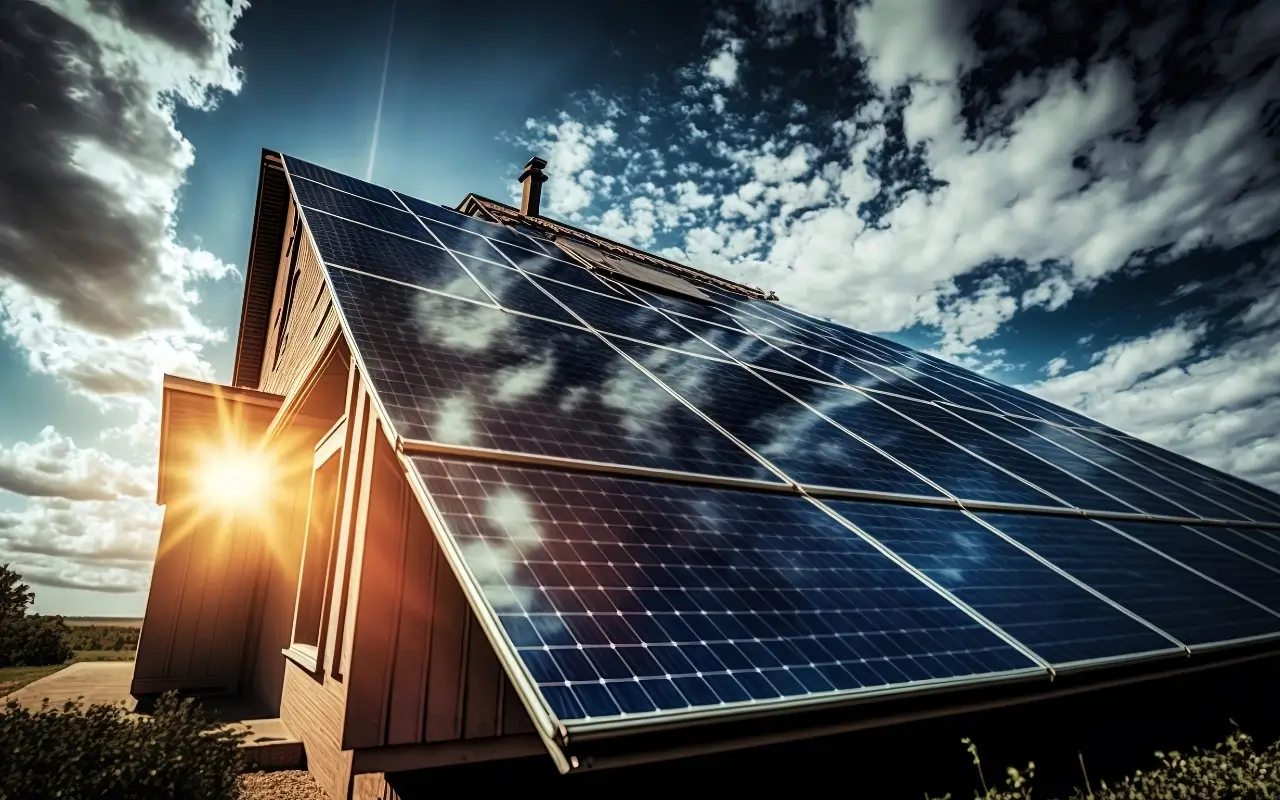
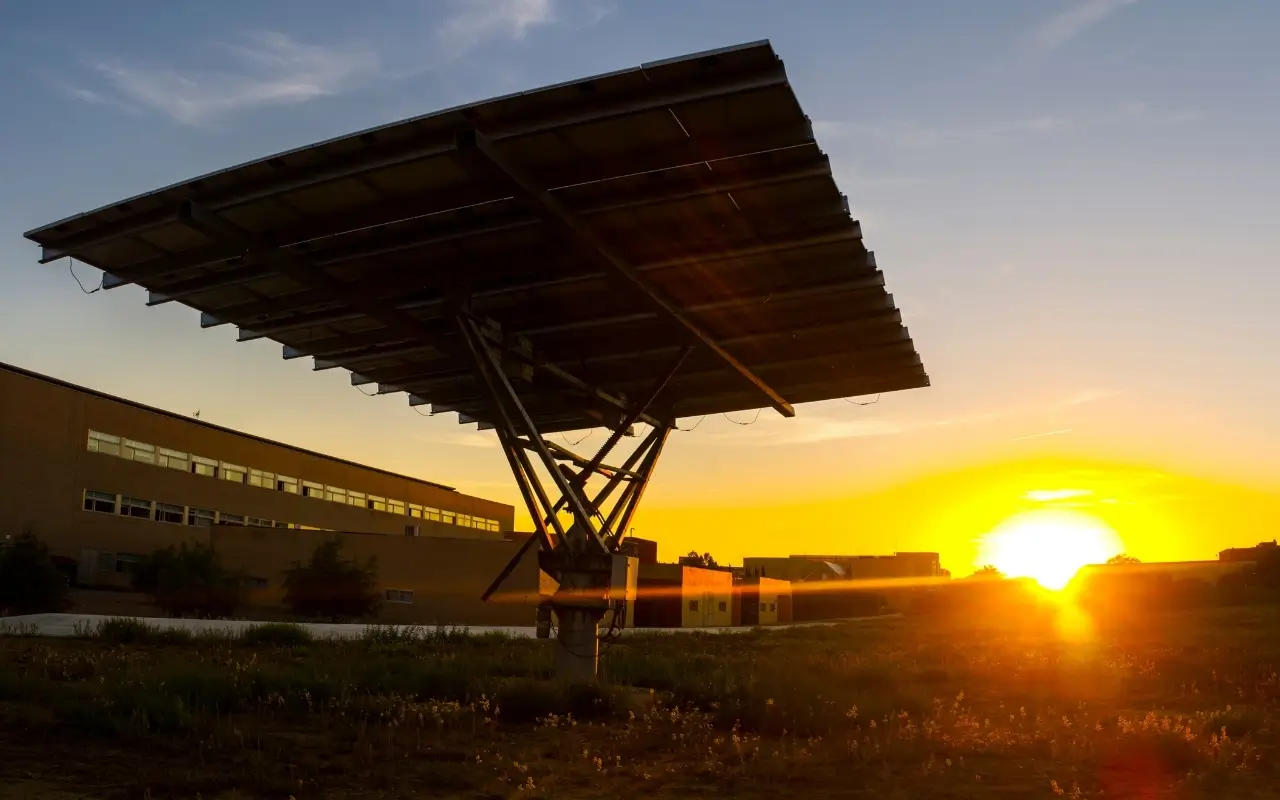
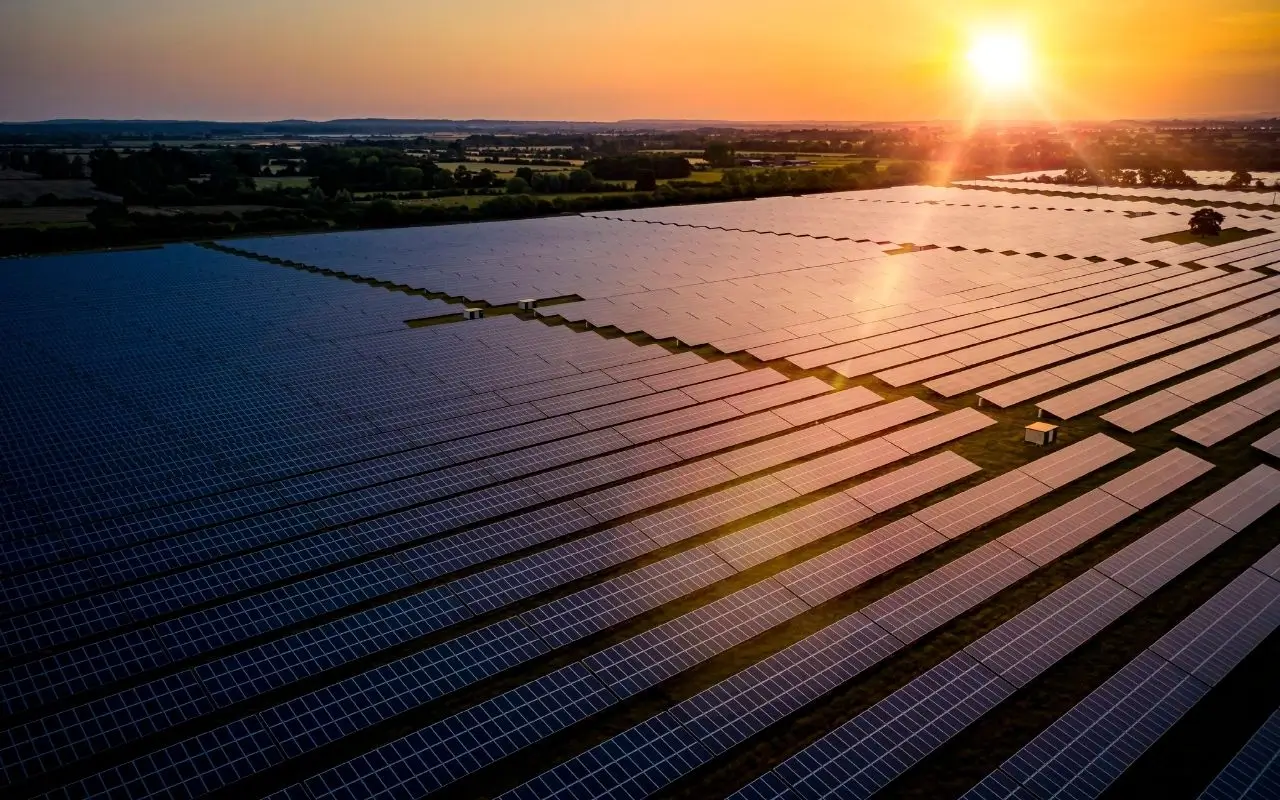
Do Comment